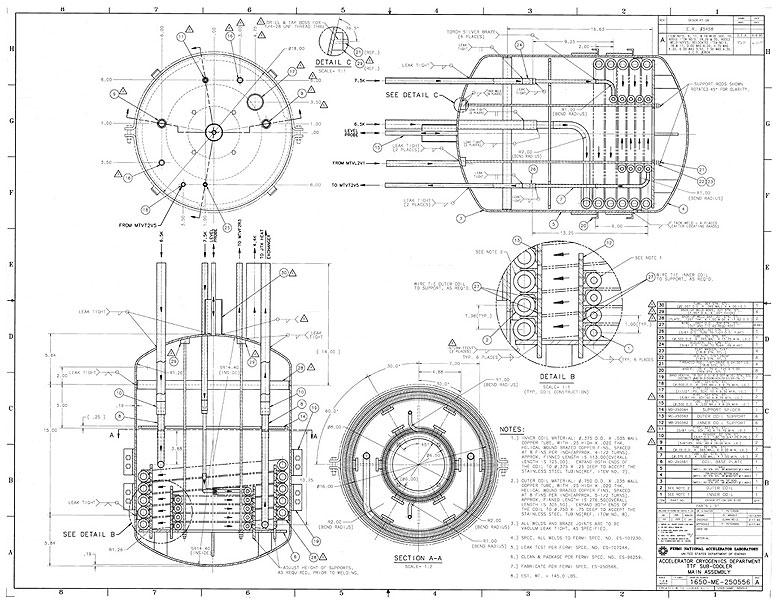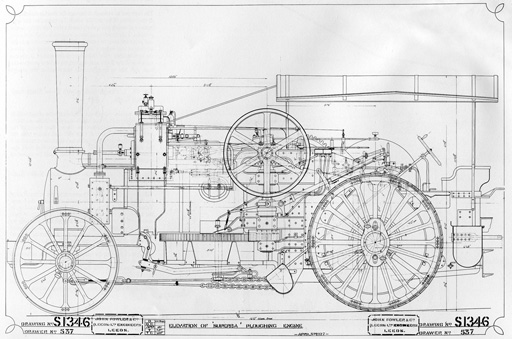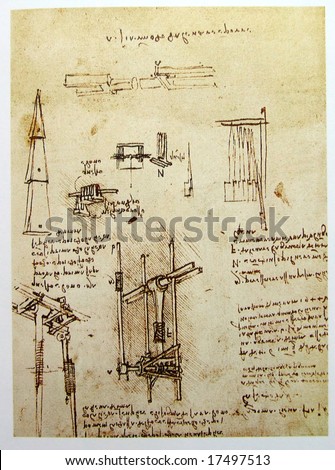Have you guys been to
Bukit Bintang? Realize what building it is? It is a shop which locates right
opposite Pavillion. Yes, it is a very creative design shop. Every time when I
walk through this shop, I can't move my eyes from it. It is very unique.
And here, I would like
to share some of the other famous building and architecture.
The Colosseum (Flavian
Amphitheater) of Rome, the largest and most famous of the Roman amphitheaters,
was opened for use A.D. 80.
Elliptical in shape, it consisted of three stories and an upper gallery,
rebuilt in stone in its present form in the 3rd century A.D. It
was principally used for gladiatorial combat and could seat between 40,000 and
50,000 spectators.
The Pantheon at
Rome, begun by Agrippa in 27 B.C. as a
temple, was rebuilt in its present circular form by Hadrian (A.D. 118–128).
Literally the Pantheon was
intended as a temple of “all the gods.” It is remarkable for its perfect
preservation today, and has served continuously for 20 centuries as a place of
worship.
The Tower of London is a
group of buildings and towers covering 13 acres along the north bank of the
Thames. The central White Tower, begun
in 1078 during the reign of William the Conqueror, was originally a fortress
and royal residence, but was later used as a prison. The Bloody Tower is
associated with Anne Boleyn and other notables.
The Vatican is a
group of buildings in Rome comprising the official residence of the pope. The Basilica of St. Peter, the
largest church in the Christian world, was begun in 1452, and it was rebuilt
between 1506 and 1626. The Sistine Chapel, begun
in 1473, is noted for frescoes by Michelangelo.
The Eiffel Tower, in
Paris, was built for the Exposition of 1889 by Alexandre Gustave Eiffel. It is
984 ft high (1,056 ft including the television tower).
The Taj Mahal (1632–1650),
at Agra, India, built by Shah Jahan as a tomb for his wife, is considered by
some as the most perfect example of the Mogul style and by others as the most
beautiful building in the world. Four slim white minarets flank the building,
which is topped by a white dome; the entire structure is made of marble.
Angkor Wat, outside
the city of Angkor Thom, Cambodia, is one of the most beautiful examples of
Cambodian, or Khmer, architecture. The sanctuary was built during the 12th
century.
The Great Wall of China (begun
c. 214 B.C.),
designed specifically as a defense against nomadic tribes, has large
watchtowers that could be called buildings. It was erected by Emperor Ch'in
Shih Huang Ti and is 1,400 mi long. Built mainly of earth and stone, it varies
in height between 18 and 30 ft.

































